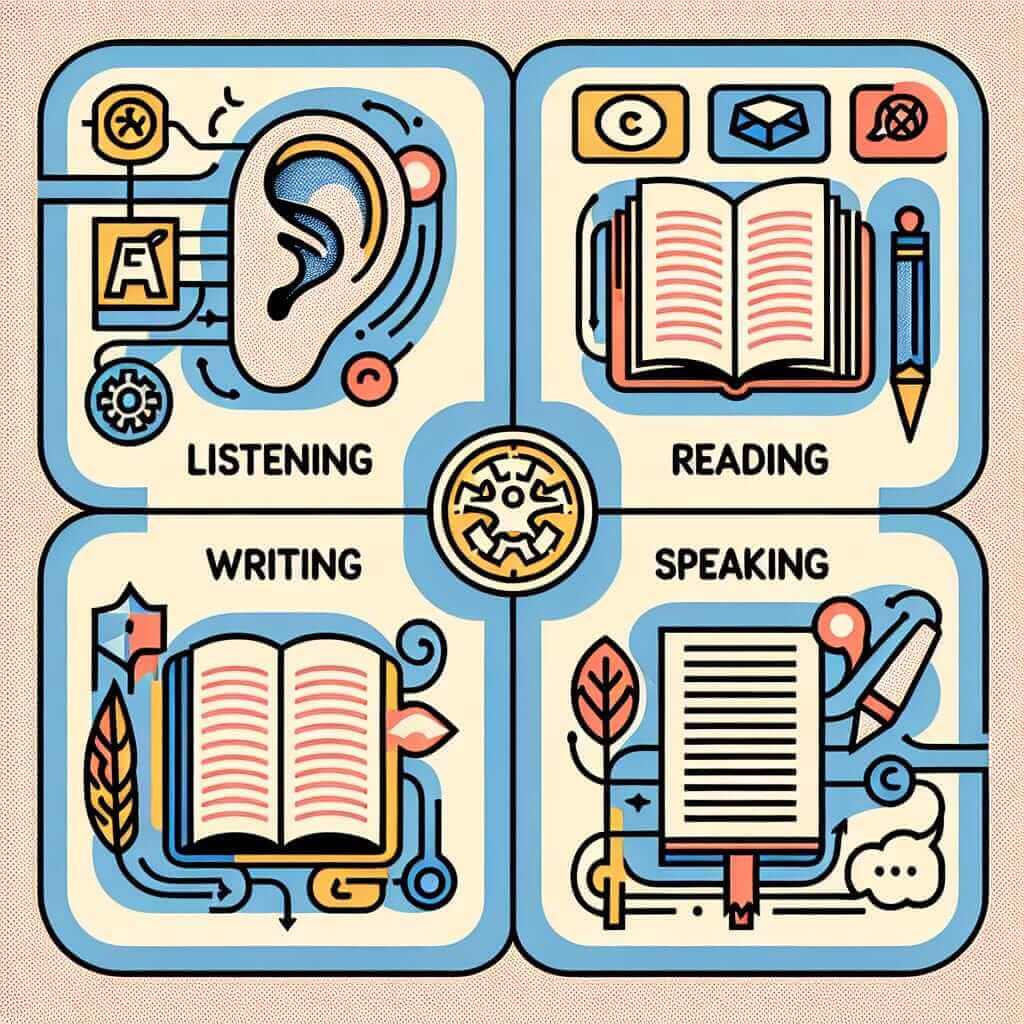As an IELTS instructor with over two decades of experience, I’ve witnessed firsthand the transformative power of effective IELTS preparation. Helping students unlock their language potential and achieve their academic or professional goals is incredibly rewarding. However, successfully guiding students through this journey requires a deep understanding of the exam, proven teaching methodologies, and an ability to adapt to individual learning styles. In this article, I aim to share my insights and practical strategies on how to best teach IELTS, empowering both educators and learners to excel in this endeavor.
Understanding the IELTS Exam and its Challenges
Before delving into teaching strategies, it’s crucial to have a comprehensive understanding of the IELTS exam itself. The IELTS, or International English Language Testing System, assesses a candidate’s proficiency in English across four modules: Listening, Reading, Writing, and Speaking. Each module tests different skills, and understanding these nuances is key to effective teaching.
One of the main challenges students face is the unique format and demands of each module. For instance, the Listening module requires strong note-taking skills and the ability to comprehend diverse accents. The Reading module tests comprehension, vocabulary, and the ability to identify key information from complex texts. The Writing module demands clear and coherent writing in various formats, while the Speaking module assesses fluency, pronunciation, grammar, and lexical resource.

Effective Strategies for Teaching IELTS
Teaching IELTS effectively goes beyond simply explaining grammar rules or vocabulary lists. It’s about equipping students with the skills and strategies they need to tackle the exam confidently. Here are some proven strategies:
1. Focus on Foundational English Skills
While specific test-taking techniques are essential, a strong foundation in English is paramount.
- Vocabulary Development: Encourage students to expand their vocabulary through diverse reading materials, vocabulary-building exercises, and focusing on collocations (words frequently used together).
- Grammar Essentials: Ensure students have a solid grasp of essential grammar rules. This doesn’t mean memorizing every rule, but rather understanding how grammar influences meaning and clarity in communication.
- Pronunciation and Intonation: Clear pronunciation and appropriate intonation are crucial for the Speaking module. Encourage students to practice speaking regularly, focusing on stress, rhythm, and intonation patterns.
2. Teach Test-Taking Strategies
Familiarizing students with the exam format and specific question types is crucial.
- Practice Tests: Regular practice tests under timed conditions help students get accustomed to the exam format, manage their time effectively, and identify areas for improvement.
- Analyzing Question Types: Break down each question type within each module and teach specific strategies for approaching them. For example, in the Listening module, students need to be able to identify different types of questions (multiple choice, sentence completion, etc.) and employ appropriate listening strategies.
- Time Management Techniques: Time management is critical in IELTS. Teach students how to pace themselves within each module to avoid running out of time.
3. Develop Critical Thinking and Analytical Skills
IELTS goes beyond rote learning; it assesses a candidate’s ability to think critically and analyze information effectively.
- Encourage Active Reading: In the Reading module, teach students how to skim, scan, and identify key information from complex texts. Encourage note-taking and summarizing to enhance comprehension.
- Develop Argumentative Skills: For the Writing module (Task 2), students need to construct well-structured essays that present a clear argument and support it with relevant examples.
- Boost Fluency and Coherence: In the Speaking module, encourage students to express their ideas fluently and coherently, using linking words and phrases to connect their thoughts logically.
Incorporating Real-World Examples and Mock Tests
Using Real-World Materials
- Authentic Texts: Incorporate authentic reading materials such as newspaper articles, excerpts from books, or academic journals to expose students to diverse writing styles and vocabulary.
- Real-Life Listening Scenarios: Use audio recordings of lectures, interviews, or conversations to enhance students’ listening skills in real-world contexts.
Conducting Mock Tests and Providing Feedback
- Simulate Exam Conditions: Conduct mock tests under timed conditions to replicate the exam experience as closely as possible.
- Personalized Feedback: Provide detailed feedback on students’ performance, focusing on both strengths and areas for improvement. Offer specific suggestions and strategies for enhancement.
Conclusion: A Journey of Continuous Learning
Teaching IELTS effectively is an ongoing process of learning, adapting, and refining your approach. By focusing on building a strong foundation in English, teaching specific test-taking strategies, incorporating real-world examples, and providing regular feedback, you can empower your students to achieve their desired IELTS scores and unlock their language learning potential. Remember, the journey to IELTS success is a collaborative one, built on dedication, effective strategies, and a passion for language learning.